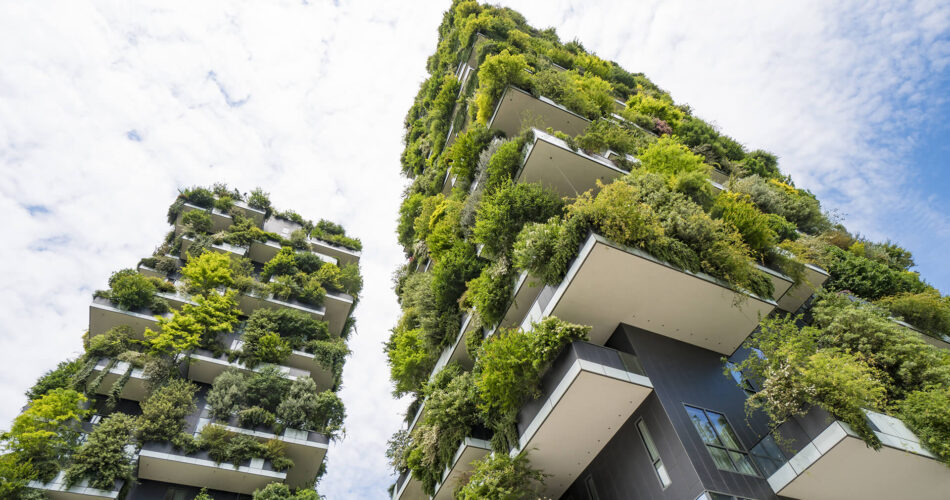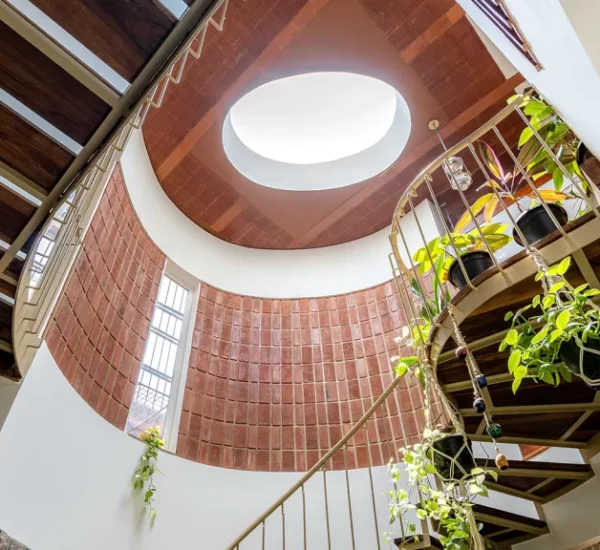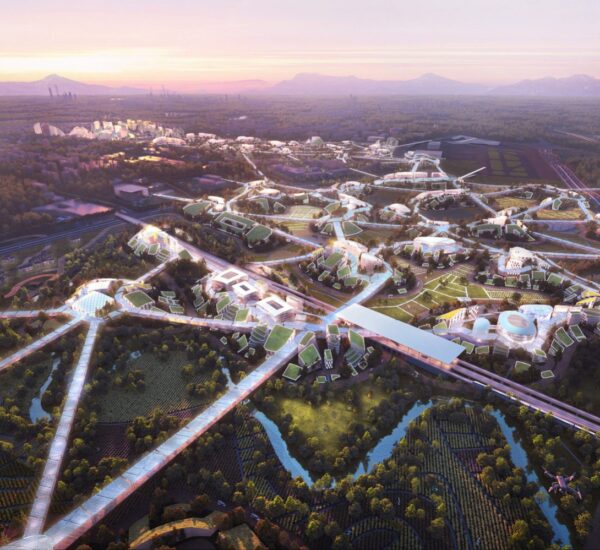As the world grapples with the effects of climate change, the importance of sustainable architecture has never been more urgent. Sustainable architecture is not just about designing energy-efficient buildings but about creating structures that are environmentally responsible, resource-efficient, and contribute positively to the planet. This approach seeks to minimize the negative impact of buildings on the environment through thoughtful design, the use of renewable resources, and a commitment to long-term sustainability.
In this post, we’ll explore how sustainable architecture is reshaping the way we build, its key principles, and how it can help create a greener, more sustainable future for all.
1. The Core Principles of Sustainable Architecture
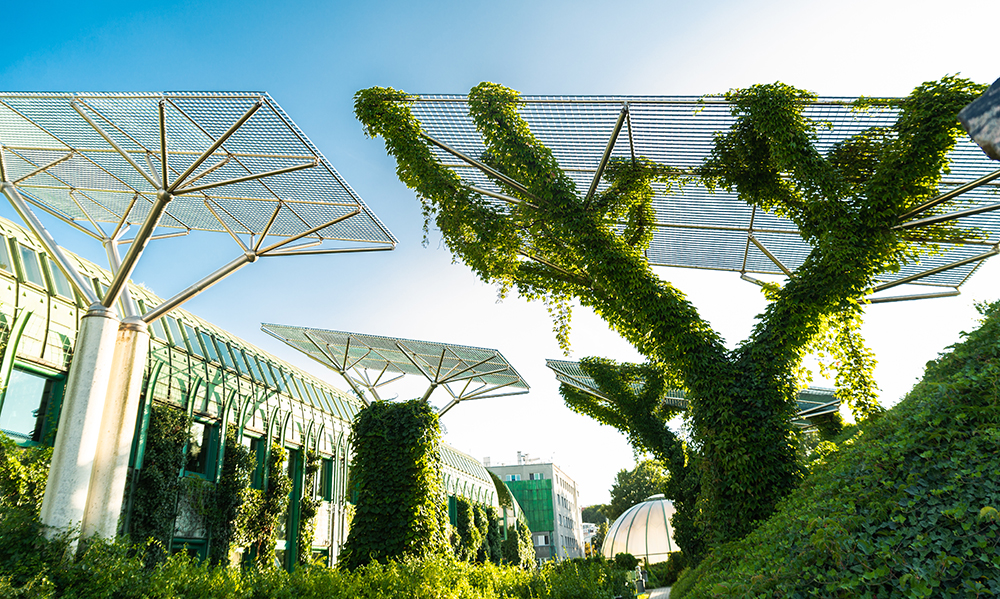
At its core, sustainable architecture is about creating buildings that are energy-efficient, resource-conscious, and designed with the environment in mind. The key principles include:
- Energy Efficiency: Designing buildings that minimize energy use, through insulation, high-performance windows, and the strategic use of natural light. Buildings should be oriented and designed to take advantage of passive heating, cooling, and ventilation, reducing the reliance on artificial heating and air-conditioning.
- Use of Renewable Resources: Sustainable architecture encourages the use of renewable resources such as solar panels, wind turbines, and geothermal heating to reduce a building’s carbon footprint. It also advocates for materials that are sustainable, such as recycled or locally sourced materials, bamboo, or hempcrete.
- Water Conservation: Incorporating water-efficient systems such as low-flow fixtures, rainwater harvesting, and drought-resistant landscaping can significantly reduce water consumption and preserve this valuable resource.
- Waste Reduction: Sustainable design also includes strategies to reduce construction waste, such as using prefabricated components, recycling materials, or designing for deconstruction, ensuring that a building can be dismantled and reused at the end of its life.
2. Designing for Energy Efficiency
One of the most critical aspects of sustainable architecture is energy efficiency. By reducing a building’s energy consumption, we can decrease its environmental impact and contribute to energy conservation efforts.
- Passive Design: A passive design takes advantage of the building’s surroundings to reduce the need for active heating or cooling. This might include designing the building to maximize natural light, using thermal mass materials that store heat during the day and release it at night, and strategically placing windows for optimal airflow.
- Building Envelope: The building’s envelope—the walls, roof, windows, and foundation—plays a vital role in controlling energy consumption. High-performance insulation, energy-efficient windows, and airtight construction help to prevent heat loss in winter and keep interiors cool during the summer.
- Renewable Energy Integration: Solar panels, wind turbines, and other renewable energy sources are becoming increasingly common in sustainable designs. Not only do they reduce reliance on fossil fuels, but they can also make a building energy-independent or even allow it to produce more energy than it consumes.
3. The Role of Green Building Materials
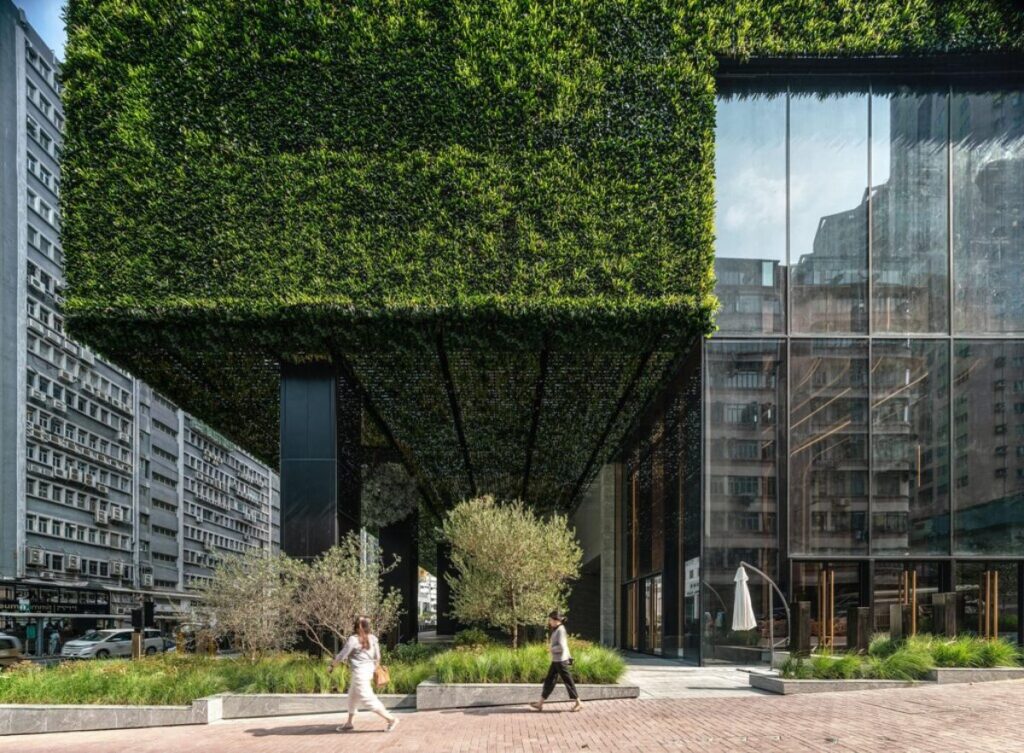
The materials used in sustainable architecture play a major role in reducing environmental impact. Choosing eco-friendly materials helps conserve natural resources, reduce waste, and minimize the carbon footprint of construction.
- Recycled and Upcycled Materials: Many sustainable architects turn to recycled materials, such as reclaimed wood, recycled steel, and repurposed bricks, to minimize the need for new raw materials. Upcycling, or repurposing waste materials, also plays a significant role in creating environmentally conscious buildings.
- Sustainable Building Materials: Materials like bamboo, cork, hempcrete, and rammed earth offer sustainable alternatives to traditional building materials. These materials are renewable, non-toxic, and have lower environmental impacts compared to conventional options like concrete and steel.
- Locally Sourced Materials: Using materials sourced locally helps to reduce transportation emissions and supports the local economy. It also ensures that the materials are well-suited to the local climate, which can enhance the building’s overall performance and longevity.
4. Creating a Healthy and Comfortable Interior Environment
Sustainable architecture isn’t just about the external environment—it’s also about creating a healthy, comfortable interior space for its inhabitants. By incorporating natural elements, improving indoor air quality, and ensuring the well-being of building users, sustainable design promotes a balanced connection between nature and the built environment.
- Indoor Air Quality: Ventilation systems, non-toxic paints, and natural finishes all contribute to better air quality. Using low-VOC (volatile organic compound) paints and finishes ensures that harmful chemicals don’t pollute the air, promoting a healthier environment inside the building.
- Natural Light and Ventilation: Maximizing natural light not only reduces the need for artificial lighting but also enhances mental well-being. Natural ventilation can improve air quality and reduce the reliance on air conditioning.
- Biophilic Design: Biophilic design emphasizes a connection to nature by integrating natural elements into indoor spaces. Features such as indoor plants, natural materials, and views of the outdoors create a calming environment that supports physical and psychological health.
5. Sustainable Architecture and the Future
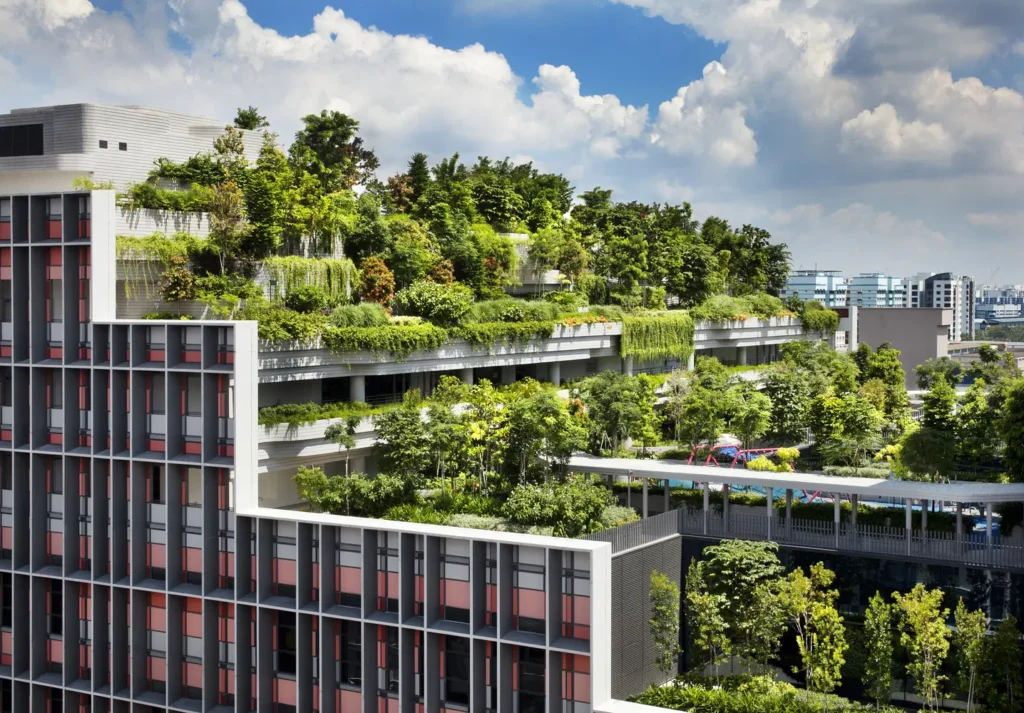
As urbanization increases and the global population continues to rise, sustainable architecture will play a crucial role in how we address the challenges of climate change, resource depletion, and environmental degradation. Cities and buildings must be designed to not only minimize their impact on the planet but also adapt to changing environmental conditions.
- Resilient Design: Sustainable buildings are also designed to be resilient in the face of natural disasters. This includes incorporating flood-resistant materials, designing for heat waves, and ensuring buildings can withstand extreme weather conditions.
- Smart Technologies: The future of sustainable architecture will likely see greater integration of smart technologies that help monitor and reduce energy consumption. From smart thermostats to energy-efficient lighting systems, these technologies enable building users to control and optimize energy use in real time.
- Circular Economy: The idea of a circular economy, in which materials are reused, recycled, or upcycled, is gaining traction in architecture. Buildings can be designed for deconstruction, allowing their components to be reused in future construction projects, reducing waste and conserving resources.
Conclusion
Sustainable architecture is not just a trend; it’s a necessity for a greener future. By embracing energy efficiency, renewable resources, sustainable materials, and smart design strategies, architects are paving the way for a world where buildings contribute positively to the environment. As technology advances and sustainable practices become more widespread, the future of architecture will undoubtedly be more eco-conscious, resilient, and harmonious with the planet.
The movement towards sustainable architecture is not only about creating energy-efficient and environmentally friendly buildings but about rethinking the way we interact with the world around us. By designing for a greener future, architects can help ensure that the built environment is sustainable for generations to come.

